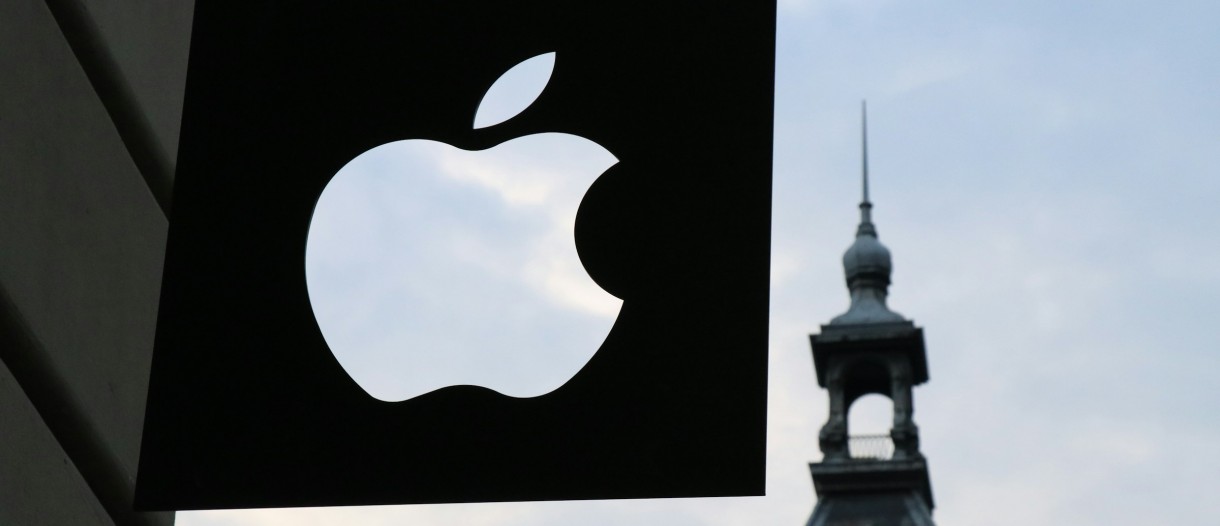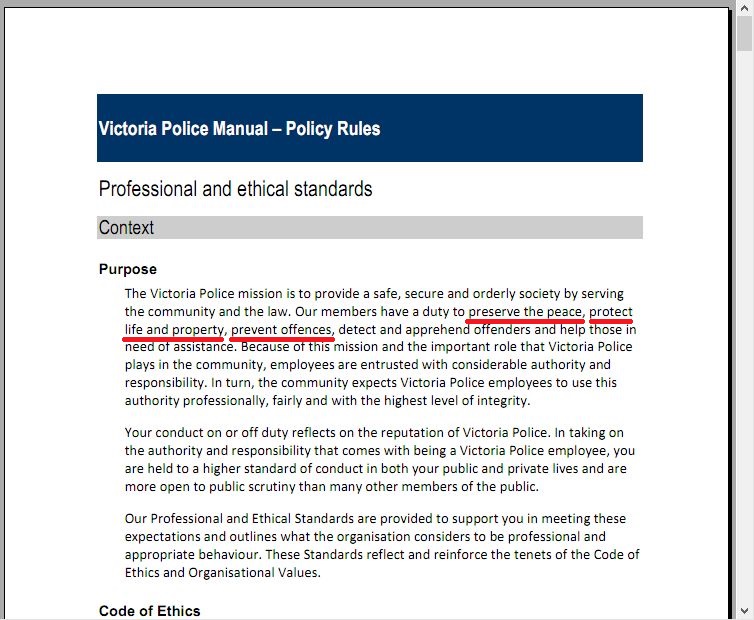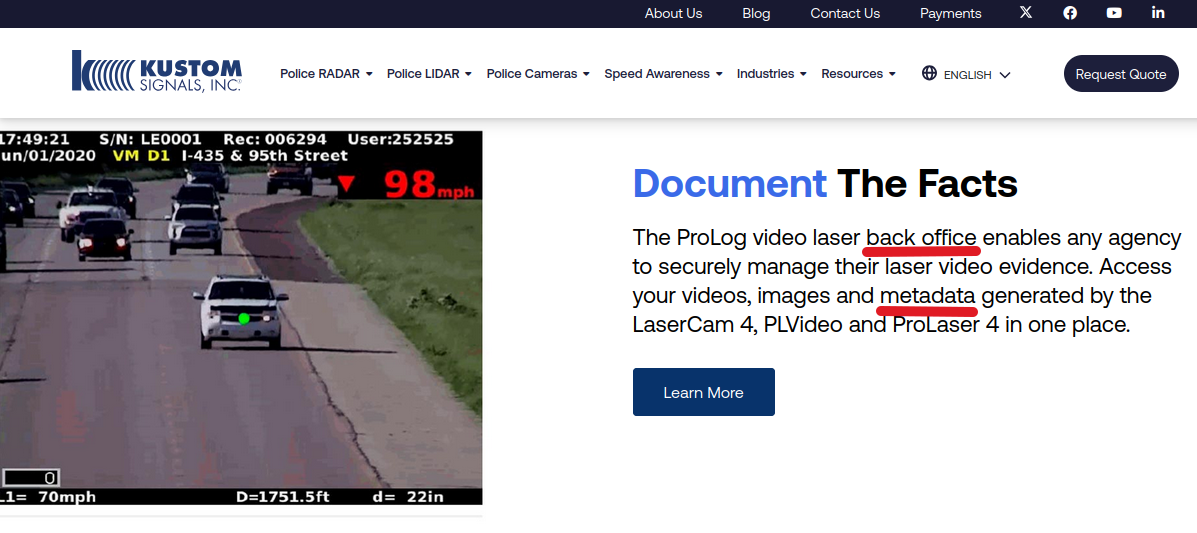The colony’s police forces do not act honourably or honestly when it comes to measuring motorist's ‘speed’ or more accurately, velocity.In Victoria, many officers do this ‘illegally’ where they get away with it in court.
Victorian driver’s get conned by police and the courts and they don’t even know it, as it’s all about the generation for revenue for the government, that’s all.
An allegation of travelling quicker than a predetermined limit is not treated as a civil offence but rather a criminal one meaning the law is stacked up against you from the start.
As always, in a criminal offence the burden of proof, beyond reasonable doubt, is entirely on the prosecution meaning every aspect of the allegation must be proven.
Victoria Police generally use the ProLaser 4 ‘High Performance Handheld LIDAR’ (LIght Detection And Ranging), distance measuring device from KUSTOM SIGNALS INC, based in the United States.
What Victoria Police does is it conceals evidence if one decides to challenge the allegation of ‘speeding’.
When one recieves a "Preliminary Brief" vital infomration does not get provided to your 'person'.
Even when one request a "Full Brief" that information is also kept from you.
Therefore it is strongly suggested that a supoena is issued for the information.
What is this information?
This information is called 'metadata'.This metadata is attached to every photo taken of an alledged speedster.
Victoria Police stated in court that the ProLaser 4 can hold 1000 instances of metadata.
This metadata is downloaded at the officer's workplace via the 'back office' through a USB cable plugged into the workstation.
Victoria Police is inherently corrupt, but the bigger problem is that they have the full support of the judiciary in their corruption.
Another aspect of the law that the police don't want you to know about is a little known law from 1984 called the INTERPRETATION OF LEGISLATION ACT 1984, as seen in the screen capture below:
In particular Section 43 which states the following, in relation to the measurement of distances:In the measurement of a distance for the purposes of an Act or subordinate
instrument, the distance shall, unless the contrary intention appears, be
measured in a straight line on a horizontal plane.
Unbeknown to many motorists this law has been in place for 41 years.
Keep in mind that the ProLaser 4 measures distance divided by time, therefore the above law applies.
The metadata from the ProLaser 4, also contains the parameters of taking a measurement at 0 degrees or a 'horizontal plane', and even if the vehicle they surveyed is factually yours.
A significantly high portion of police in instances of handheld and stationary detection do not follow the above mentioned law meaning they take measurements illegally.
Do they know about this law?
Of course they do, just like they know about the 'KABA' ruling from 2013 on random vehicle stops.
So if you're challenging an allegation of 'speeding' don't ask for the documentation, supoena it, meaning fill out a "Subpoena to produce - Form 42B" from the Magistrates Court of Victoria.





















